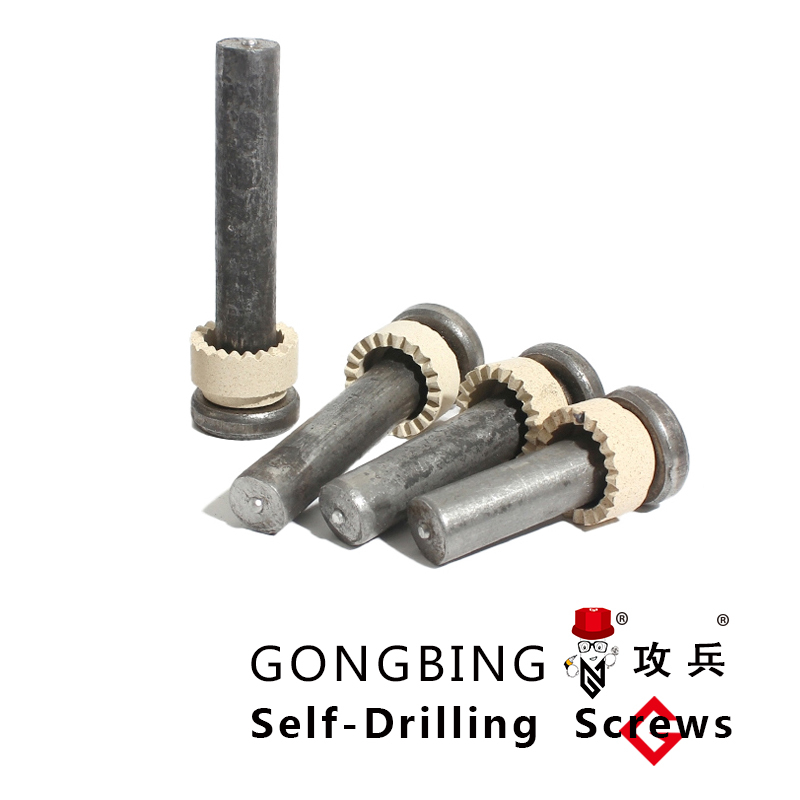structural steel bolts and nuts
Understanding Structural Steel Bolts and Nuts The Backbone of Construction
Structural steel bolts and nuts are essential components in construction and engineering that provide strength, stability, and durability to various structures. As the backbone of many industrial applications, they serve to join steel elements together, ensuring that buildings, bridges, and various infrastructures can withstand significant loads and environmental stresses. This article will explore the types, standards, applications, and advantages of using structural steel bolts and nuts.
Types of Structural Steel Bolts
There are several types of structural steel bolts, each designed for specific applications. The most common types include
1. Regular Bolts Often referred to as hex bolts, these are standard bolts with a hexagonal head. They come in various grades and sizes and are typically used in applications where precise tension is not critical.
2. High-Strength Bolts These bolts are made of steel with higher tensile strength than regular bolts. They are often used in large structures where weight-bearing capacities and resilience to shear and tension forces are crucial. Common types of high-strength bolts include ASTM A325 and A490.
3. Anchor Bolts Used to attach structures to concrete foundations, anchor bolts provide crucial support for various applications, especially in seismic zones where stability is paramount.
4. Carriage Bolts These are used in situations requiring a smooth finish, such as in wood connections. Carriage bolts have a rounded head and a square neck that prevents rotation when tightened.
Nuts The Essential Counterparts
Nuts are equally important as bolts in fastening systems. The most common type is the hex nut, which has a six-sided shape and is used with hex bolts. Other specialized nuts include
1. Lock Nuts These nuts are designed to prevent loosening due to vibration or other forces. They do so by using either a nylon insert or a distorted thread.
2. Flange Nuts These nuts have a wider base, providing a larger surface area for bearing against the fixture. This design helps to distribute the load more evenly.
structural steel bolts and nuts

3. Coupling Nuts Used to connect two pieces of threaded rod or bolt, coupling nuts are longer and allow for a more secure attachment.
Standards and Specifications
The use of structural steel bolts and nuts is governed by various standards to ensure safety and reliability. Significant codes include those set by the American Institute of Steel Construction (AISC) and ASTM International. These organizations outline specifications for materials, dimensional tolerances, and mechanical properties necessary for structural applications.
Understanding these standards is crucial for engineers and builders, as it helps them select the right components for their projects and ensures that construction adheres to local building codes and regulations.
Applications
Structural steel bolts and nuts have a wide range of applications across various industries. In construction, they are integral in steel framing, connecting beams, columns, and trusses. In bridge construction, high-strength bolts are used to join girders and other structural elements, providing stability and longevity.
Moreover, in the manufacturing sector, these fasteners are widely used in machinery and equipment assembly. Their versatility means they can be found in a range of environments, from heavy industrial settings to residential buildings.
Advantages of Using Structural Steel Bolts and Nuts
One significant advantage of employing structural steel bolts and nuts is their ability to provide strong and reliable connections. Unlike welded joints, which can involve extensive labor and time, bolts and nuts are easier to install and can be adjusted or replaced without the need for cutting or damaging the base materials.
Furthermore, the modular nature of bolted connections allows for easier disassembly and reassembly, providing flexibility for future modifications or repairs. This is particularly advantageous in structures where alterations may be needed over time or in the event of damage from disasters.
In conclusion, structural steel bolts and nuts are indispensable components in contemporary construction and engineering. Their variety, adherence to strict industry standards, numerous applications, and numerous advantages make them a key factor in ensuring the safety, stability, and durability of structures. As technology advances, the materials and designs of these fasteners continue to evolve, further enhancing their performance in modern engineering challenges.
-
Wedge Anchor Bolts: Secure Fastening SolutionsNEWSAug.05,2025
-
Insulation Fixings: Secure and Durable SolutionsNEWSAug.05,2025
-
Full Threaded Studs: Versatile Fastening SolutionsNEWSAug.05,2025
-
Expanding Fasteners: Secure and Reliable SolutionsNEWSAug.05,2025
-
Butterfly Toggle Anchors: Secure and Easy to UseNEWSAug.05,2025
-
Bracing Solutions for Steel StructuresNEWSAug.05,2025
